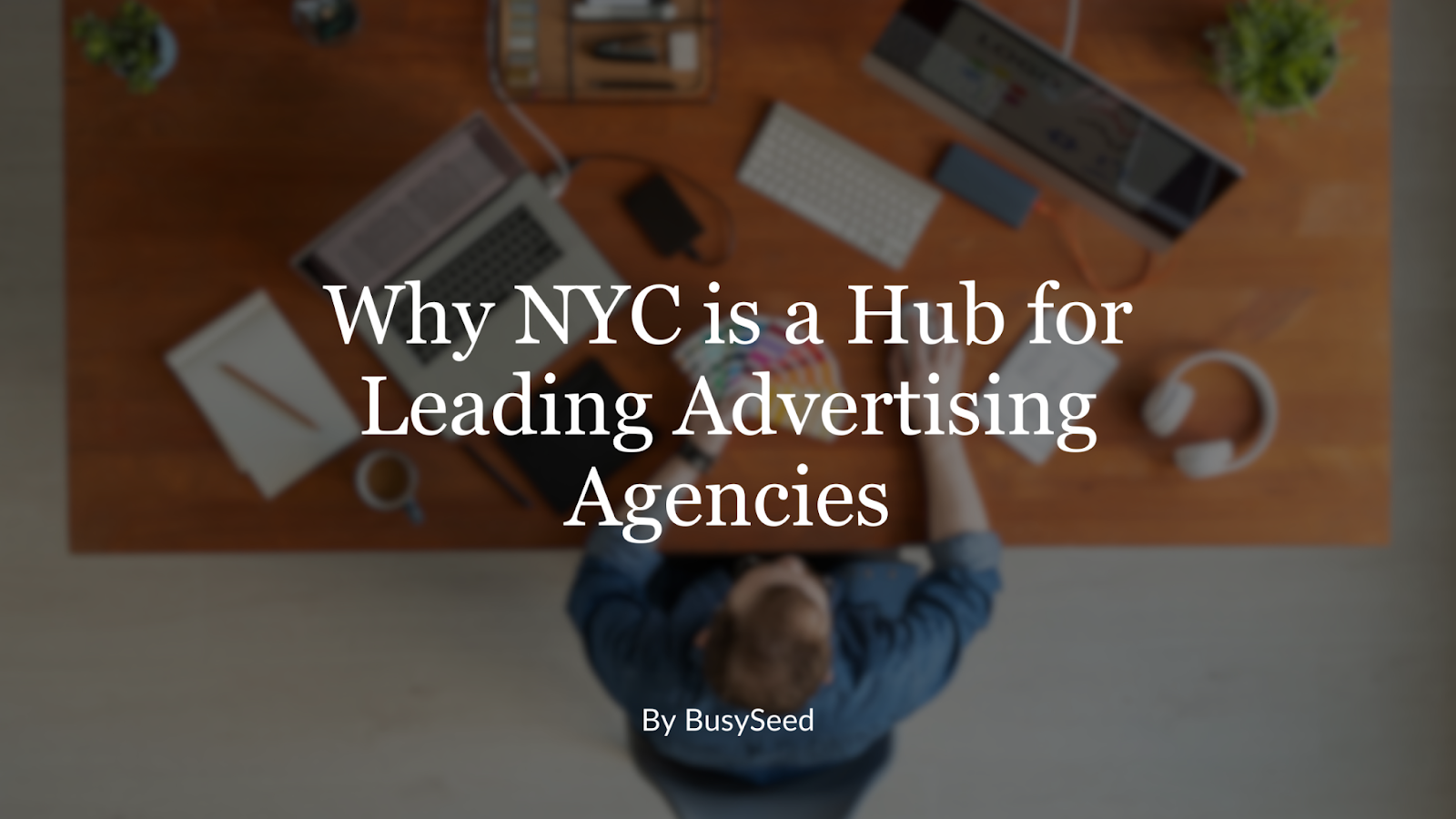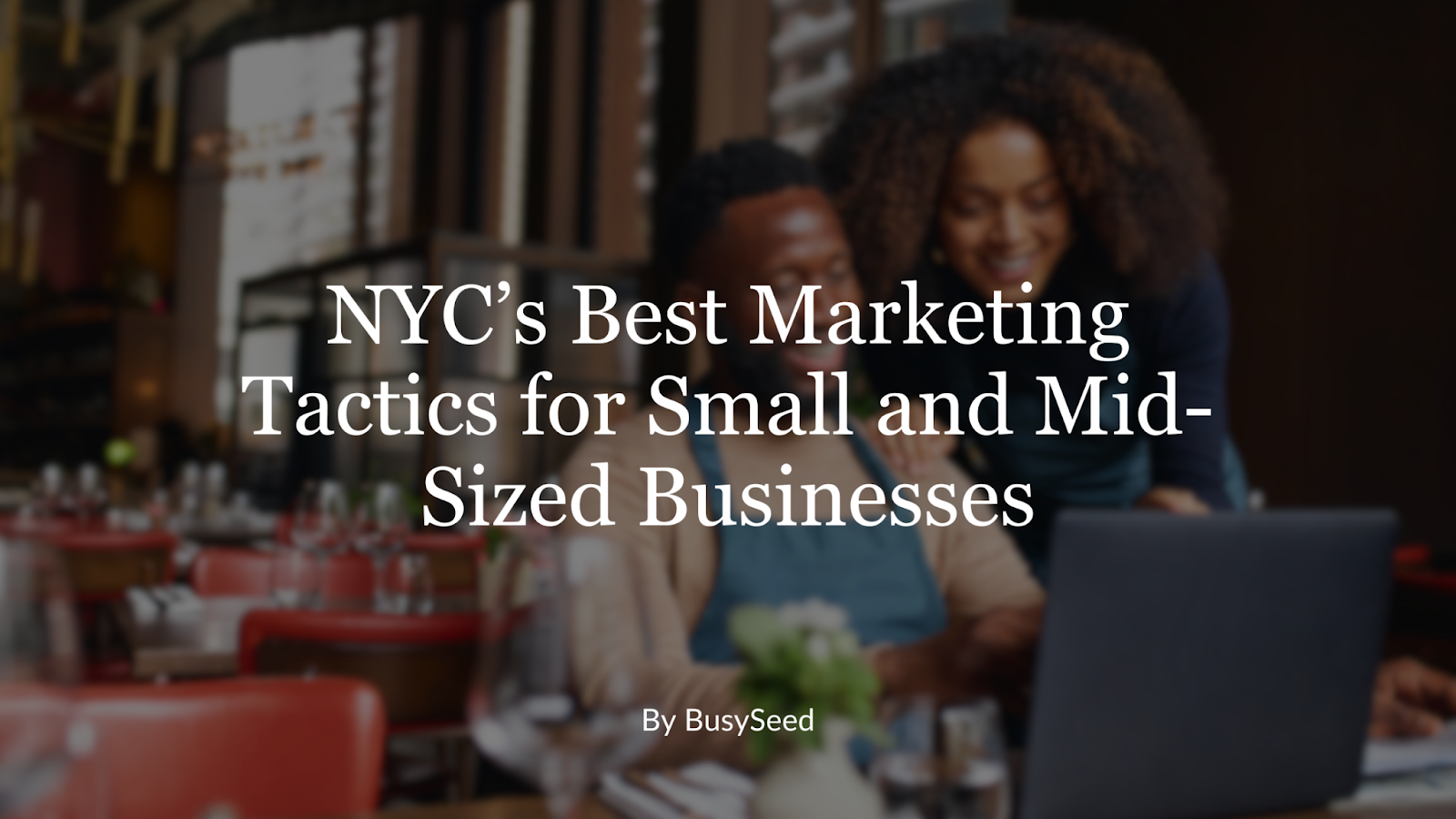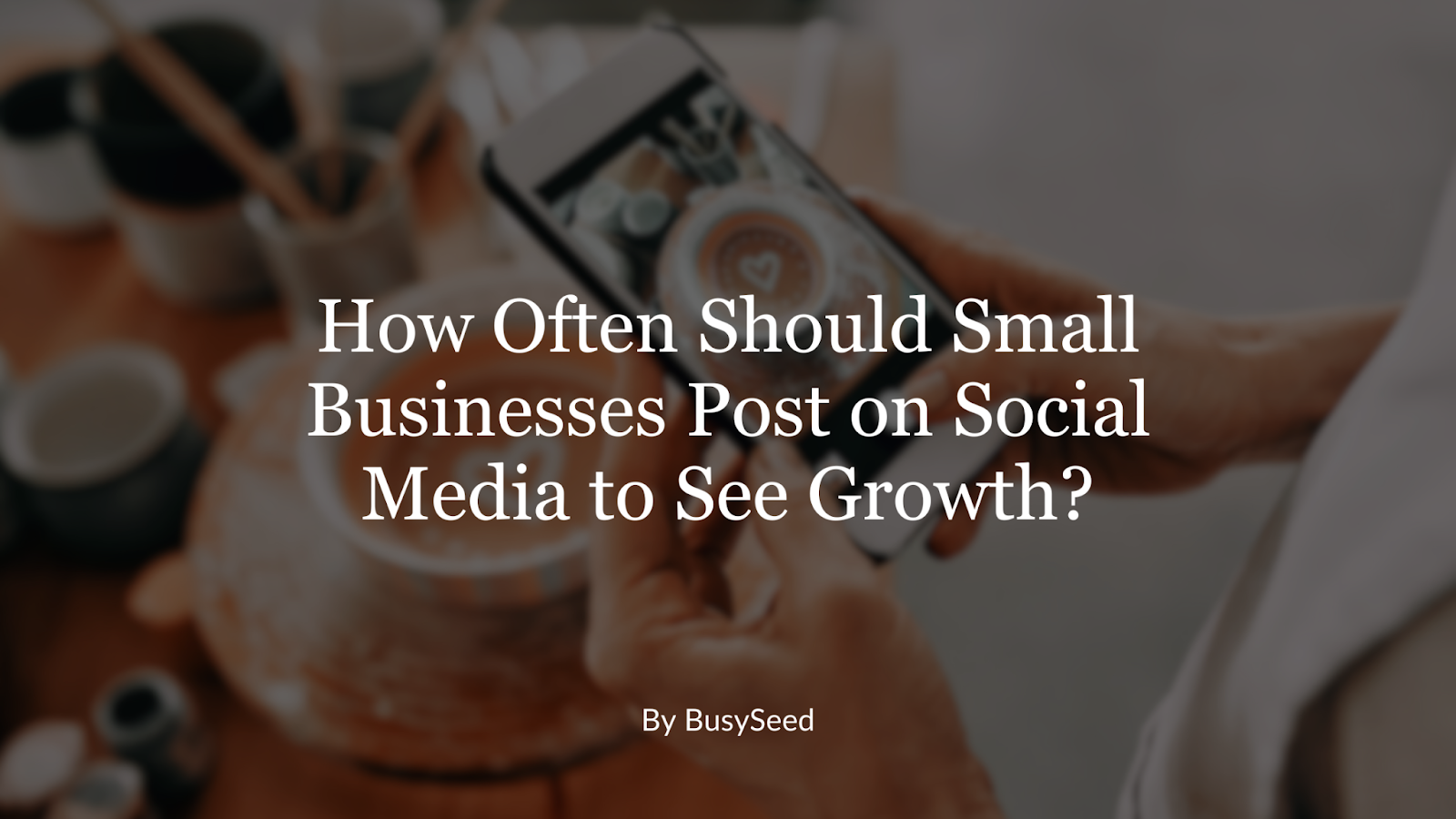Google Ads on a Budget: Maximizing ROI with Limited Spending
Google Ads can be expensive, but it doesn't have to break the bank. This post will offer practical tips for small businesses to get the most out of their ad spend. Cover topics like keyword research, ad copy optimization, targeting options, and tracking conversions effectively.
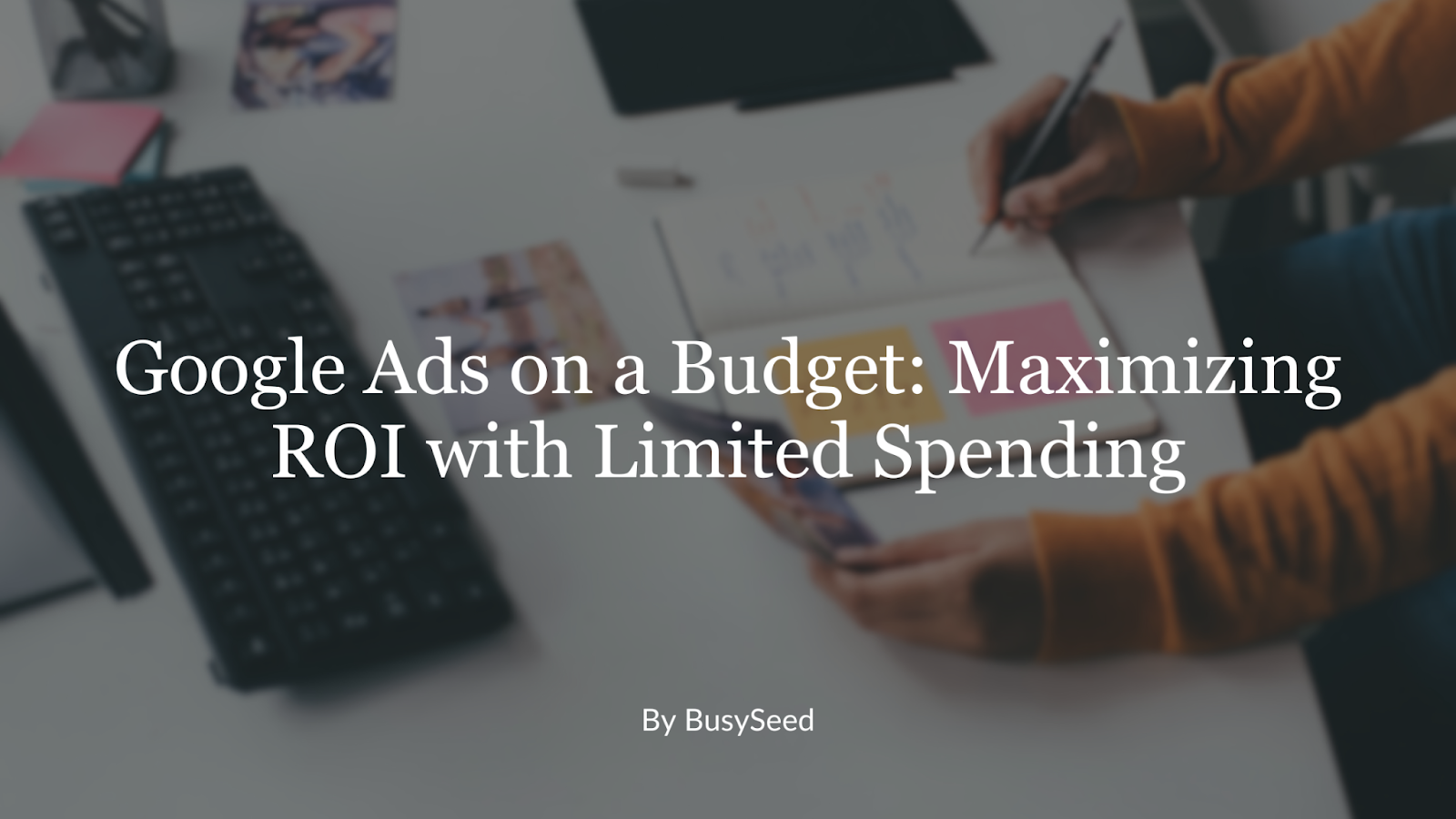
Google Ads Strategies on a Budget: Maximizing ROI with Limited Spending
When you think of Google Ads, you might picture massive ad budgets and aggressive bidding from big brands. But here’s the reality—small businesses can compete and thrive with low-cost Google Ads by being strategic.
Building Google ads for small businesses is an essential way to grow your company. These Google Ads optimization tips can help you stretch your marketing dollars further and generate more leads.
1. Google Ads Optimization Tips: Targeting the Right Audience
A high-performing Google Ads campaign starts with selecting the right keywords. Instead of spending big on the most competitive terms, focus on cost-effective long-tail keywords. These highly specific phrases demonstrate a strong buying intent while often costing less per click.
For example, instead of bidding on "digital marketing agency," try terms like "affordable digital marketing services for small businesses."
How to Find Budget-Friendly Keywords:
- Use Google Keyword Planner for low-competition, high-intent keywords.
- Analyze competitor keywords with tools like SEMrush or Ahrefs.
- Incorporate negative keywords to prevent wasteful spending on irrelevant searches.
Pro Tip: Prioritize transactional keywords with "buy," "hire," or "affordable" to attract serious buyers.
2. Optimizing Ad Copy: Make Every Word Count
Great ad copy is concise, persuasive, and action-driven. A well-crafted ad can drive higher conversions with low-cost Google ads.
High-Impact Google Ads Copy Strategies:
- Strong Headlines – Use numbers, benefits, or urgency (e.g., "Grow Your Business with Just $10/Day in Ads!").
- Clear Call-to-Action (CTA) – Tell users exactly what to do ("Book a Free Consultation Now").
- Highlight Unique Value Propositions (UVPs) – What sets you apart? (E.g., "NY’s Most Trusted Digital Marketing Partner").
By refining your Google Ads strategies for small businesses, you can ensure that your limited ad spend is spent attracting convertible customers rather than simply clicking.
3. Precision Targeting: Get the Most Out of Every Dollar
Just because you’re on a budget with low-cost Google ads doesn’t mean you should cast a wide net. Targeting the right audience ensures you only pay for clicks from potential buyers.
Cost-Effective Targeting Strategies:
- Geotargeting: Focus on high-converting locations. If you’re a local business in New York, don’t pay for clicks from California.
- Demographic Adjustments: Optimize for the most likely buyers (e.g., age, gender, income level).
- Custom Intent Audiences: Reach people based on their recent search behavior.
4. Budget Management: Making Every Dollar Work Smarter
Even with a small budget, you can still achieve impactful results by managing your spending wisely.
Best Google Ads Budget Strategies:
- Start with Manual Bidding – Avoid automatic CPC bidding until you gather performance data.
- Set a Daily Cap – Prevent overspending and analyze progress before increasing spend.
- Use ad scheduling – Display ads only during peak hours when conversions are highest.
- Leverage Remarketing – Retarget users who have already engaged with your brand.
Pro Tip: Allocate 60% of your budget to high-intent, conversion-focused campaigns, and 40% to testing new strategies.
5. Conversion Tracking: Measure What Drives Profits
One of the biggest Google Ads mistakes is not tracking conversions. Every dollar spent should bring in measurable business growth.
How to Effectively Track ROI:
- Set Up Google Analytics & Conversion Tracking – Track actual revenue, not just clicks.
- Use UTM Parameters – Measure effectiveness across different platforms.
- Monitor Quality Score – A higher quality score means lower costs and better visibility.
By refining and adjusting based on accurate data, your low-cost Google Ads campaigns will consistently perform better over time.

Why Work with the Right Google Ads Experts?
Managing Google Ads for small businesses can be overwhelming, especially when maximizing a restricted budget. Working with experienced marketers like BusySeed, helps ensure every cent of your budget generates real growth.
We aren’t just any agency. With our award-winning digital marketing strategies, we’ve helped over 500 businesses increase revenue efficiently. As one of the
top ad agencies in NY, our expertise in effective Google Ads strategies can turn your limited budget into maximum ROI.
Ready to let the experts at BusySeed help your business grow with innovative, high-ROI Google Ads strategies?
Contact BusySeed today to discuss how we can optimize your ad spend and drive more conversions—even on a tight budget!
Final Thoughts from the Top Ad Agencies in NY: Small Budgets, Big Results
By applying these tips for Google Ads for small businesses can effectively advertise without breaking the bank. A strategic approach to keywords, ad copy, targeting, budget allocation, and tracking conversions can help maximize their return on investment.
Want a more tailored approach from the top ad agencies in NY? Discuss how BusySeed’s proven strategies can help you scale your business. Schedule a free consultation today!
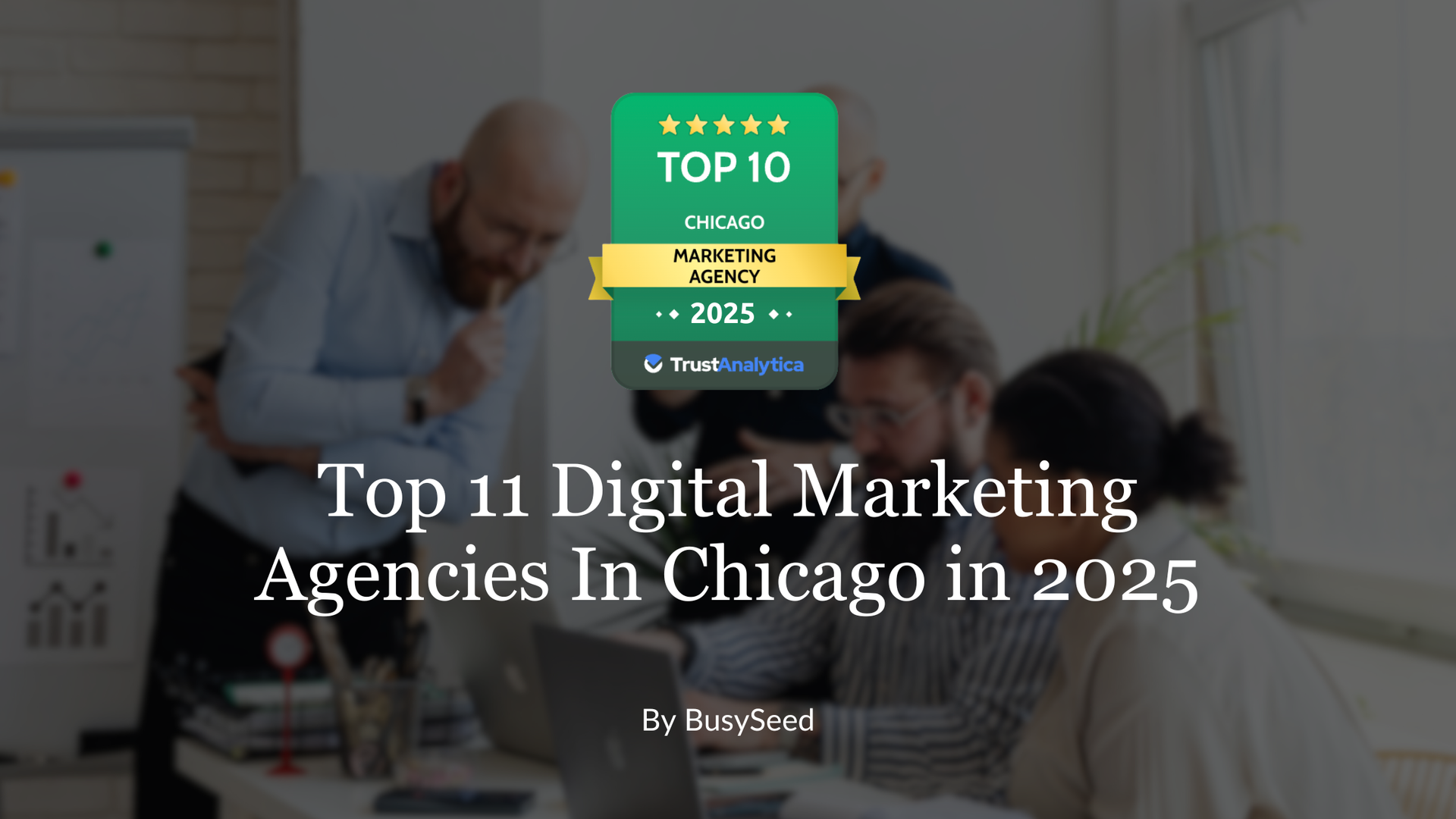
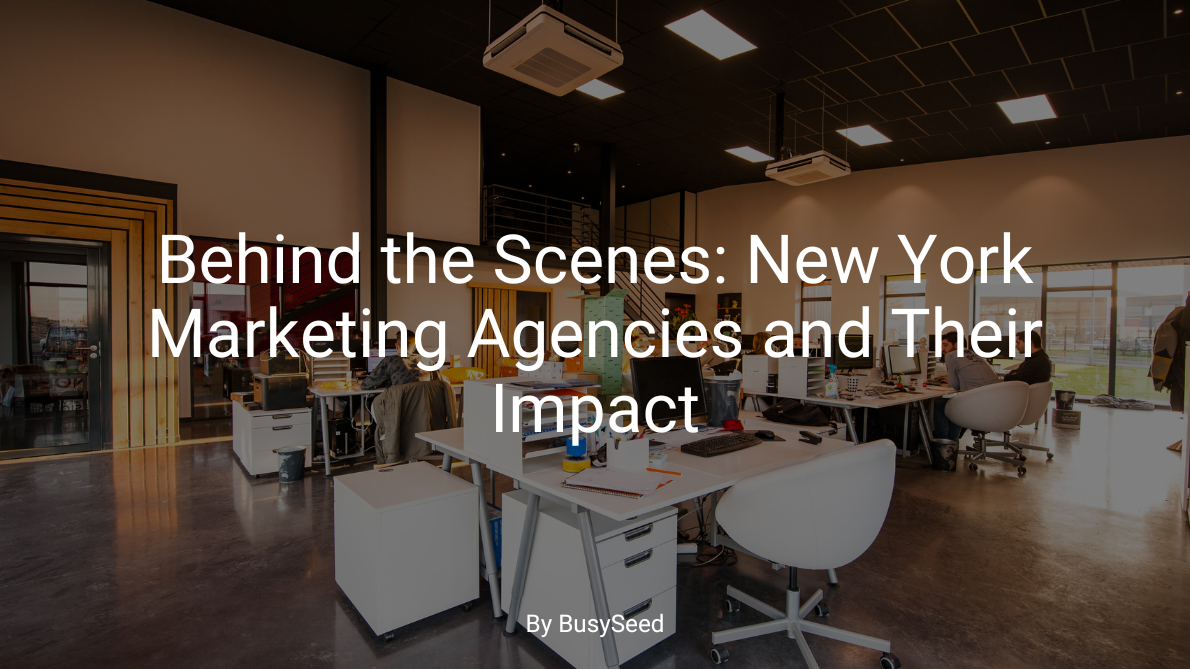

 Forms? Rethinking Your B2B Lead Capture in a Post-Form World"." onerror="handleImageLoadError(this)"/>
Forms? Rethinking Your B2B Lead Capture in a Post-Form World"." onerror="handleImageLoadError(this)"/>


